Israel-Hamas War: What happened on day 136?
Israel to limit Palestinian visits to Temple Mount during Ramadan • Israel formally rejects moves by West to recognize Palestinian state unilaterally

World Court to hear arguments on Israeli 'occupation' of Palestinian territories
Palestinian Foreign Minister Riyad al-Maliki will speak first in the legal proceedings at the International Court of Justice (ICJ) in The Hague.
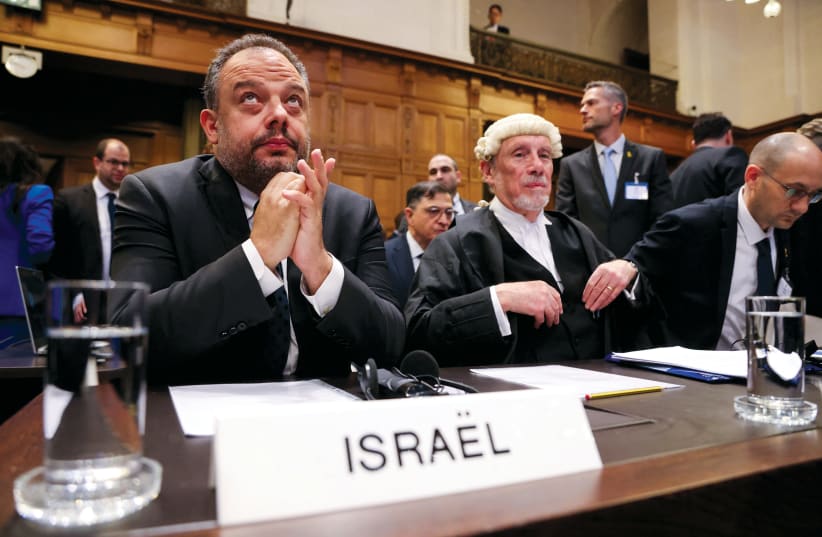
The United Nations' top court on Monday opens a week of hearings on the legal consequences of Israel's occupation of Palestinian territories, with more than 50 states due to address the judges.
Palestinian Foreign Minister Riyad al-Maliki will speak first in the legal proceedings at the International Court of Justice (ICJ) in The Hague.
Go to the full article >>IDF announces name of fallen soldier in Gaza
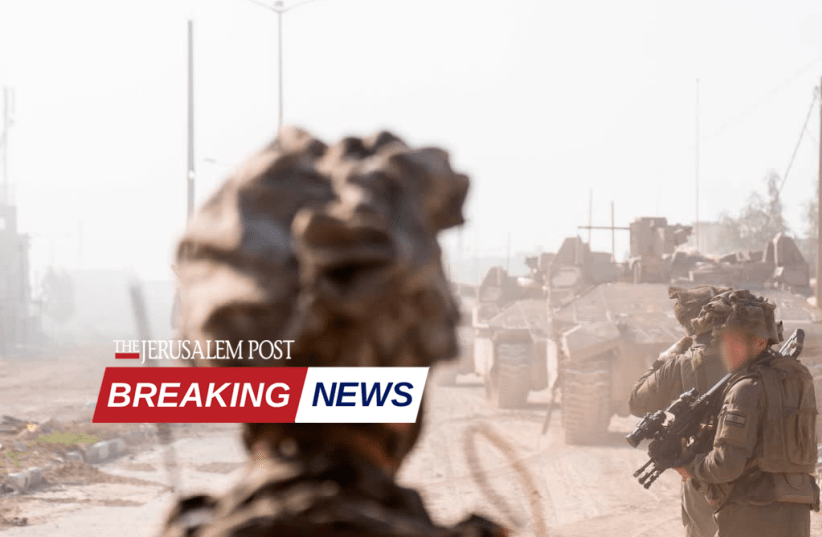
The IDF announced the death of St.-Sgt. Simon Shlomov early Monday morning.
Shlomov was 20 years old, from Kiryat Bialik, and was a soldier in the 202nd battalion of the Paratrooper Brigade.
He was killed in combat in the southern part of the Gaza Strip.
Go to the full article >>'Never said that': US has no plans to recognize a Palestinian state unilaterally
“We have never said that was our policy,” Lew told the Conference of Presidents when quizzed about the matter on Sunday night.

US Ambassador to Israel Jack Lew dismissed reports about potential US unilateral recognition of Palestinian statehood, as he underscored that such a future state would be demilitarized.
“We have never said that was our policy,” Lew told the Conference of Presidents when quizzed about the matter on Sunday night.
“Our policy is that there should be an over-the-horizon process” toward Palestinian statehood that involved Israel, said Lew, who took up his post in October and rarely makes public addresses.
Go to the full article >>Gantz and Gallant attack Netanyahu: 'You bypassed the defense establishment'
Gantz made the statements amid complaints that Netanyahu was making decisions concerning efforts to reach a ceasefire and hostage release deal with Hamas on his own without consulting the War Cabinet
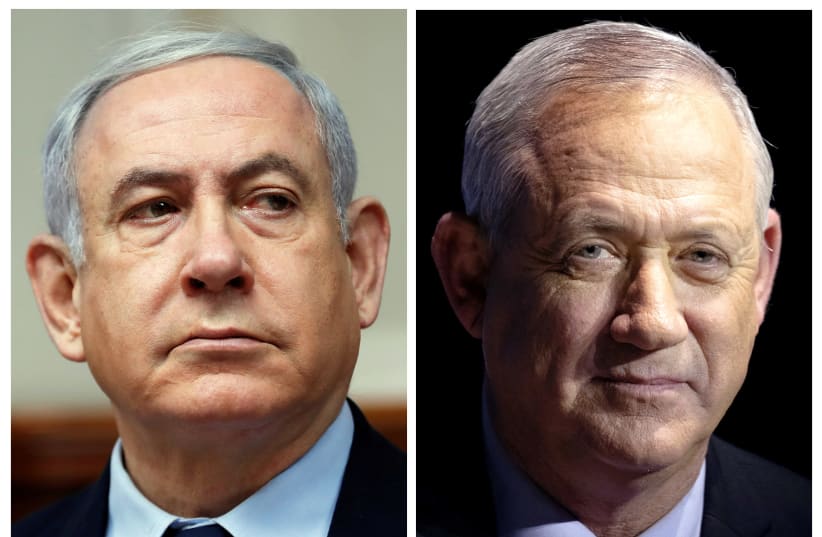
Minister in the War Cabinet Benny Gantz expressed outrage at Prime Minister Benjamin Netanyahu during a meeting of the War Cabinet on Thursday, saying "It seems that the prime minister is doing everything he can to make decisions on his own and not jointly," according to Israel's Channel 13.
Gantz made the statements amid complaints that Netanyahu was making decisions concerning efforts to reach a ceasefire and hostage release deal with Hamas on his own without consulting the War Cabinet or the security cabinet.
Defense Minister Yoav Gallant complained that Netanyahu had "bypassed" the defense establishment, leading to "errors" during the meeting.
Gallant rejected the ceasefire deal being proposed in the talks with Hamas as well, telling Shin Bet head Ronen Bar and Mossad head David Barnea, "This is 10 times what we gave in the previous deal. You were sent by the cabinet and must report to the cabinet, unless the prime minister forbade you."
Netanyahu insisted that he did not forbid Bar and Barnea from reporting to the cabinet, saying that the matter was brought before the cabinet.
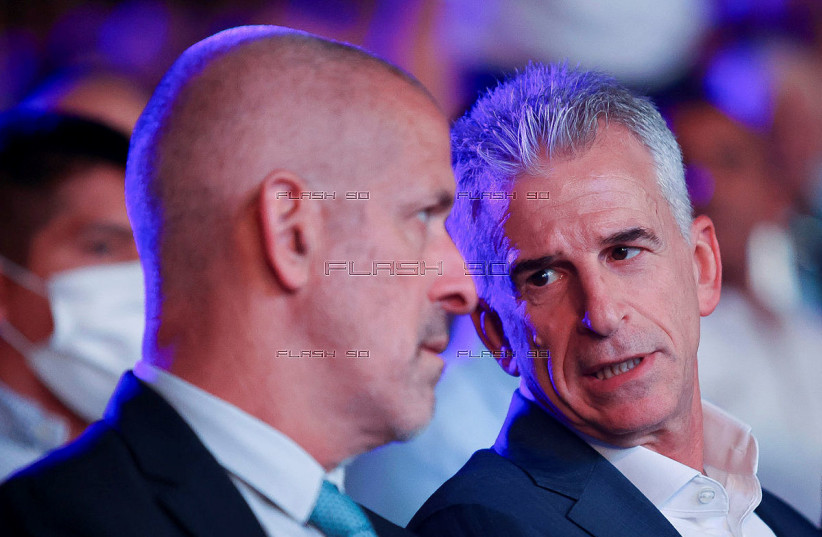
Cabinet secretary Yossi Fuchs and National Security Council head Tzachi Hanegbi contradicted the prime minister, saying that the content of the negotiations was not brought before the cabinet, according to Channel 13.
It was at this point that Benny Gantz reportedly made his comment about the Prime Ministers conduct to "make decisions on his own," also adding, "This is neither unity nor a war cabinet. That's not how this works."
Tension between Netanyahu and Gantz was already high
This exchange at the security cabinet comes amid heightened tension between Netanyahu and Gantz following reports that Egyptian mediators contacted Gantz directly to advance hostage-deal talks.
According to reports, which were cited by officials in Cairo, the talks held by the Egyptians with Gantz infuriated the Prime Minister, who felt that it was an "attempt to push Gantz to the front of the stage" - amid Netanyahu's refusal to advance the deal as long as Hamas adhered to its demands.
Go to the full article >>Can Hamas recruit more terrorists amid surmounting losses in Gaza? - analysis
New details about Hamas UNRWA members tell us a lot about the demographics of Hamas men; however, it also leaves many known unknowns
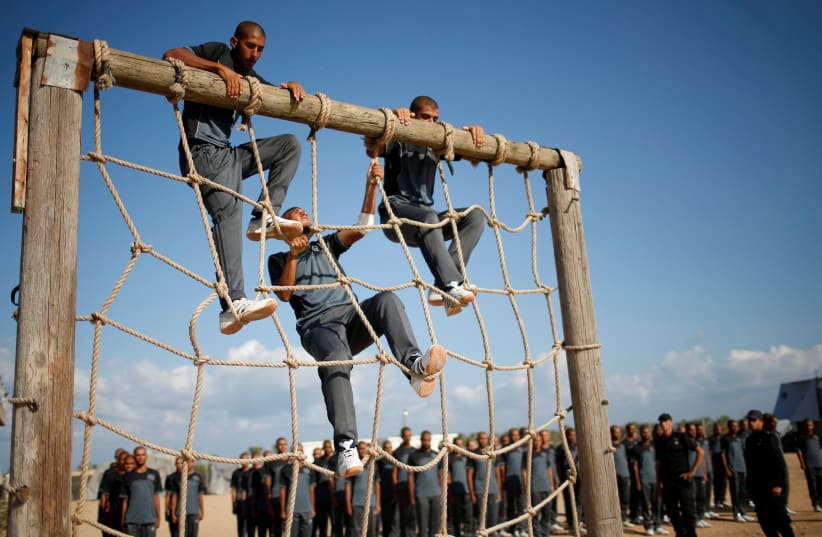
On Friday, Defense Minister Yoav Gallant shared further details about the 12 UNRWA employees accused of participating in the October 7 attack on Israel. The details are important because they shed light on the background of the men and key aspects of how they were connected to the attack. This possibly provides a window into a larger story about those participating in the massacre of October 7.
First of all, here are a few details that Gallant shared on Friday. “In addition to these 12 workers, we have significant indications, based on intelligence, that over 30 UNRWA workers participated in the massacre, facilitated the taking of hostages, looted and stole from Israeli communities, and more,” he said. This means UNRWA has lost its legitimacy and Gallant has “instructed the defense establishment to begin transferring responsibilities related to the delivery of aid, to additional organizations.”
Israel believes that out of 13,000 UNRWA employees, 12% percent are affiliated with Hamas or Palestinian Islamic Jihad. “185 UNRWA workers are active in the military branches of Hamas and 51 are active in the PIJ military branch,” Gallant said. Hamas has exploited this to use UNRWA institutions to store weapons and also build tunnels under them.
What might these details reveal about the larger picture of October 7? If we assume that UNRWA’s employees are representative, to some extent, of the wider society in Gaza, then is it possible to conclude that Hamas has successfully infiltrated around ten percent of Gaza? Certainly, Hamas, when there were Palestinian elections, polled larger than ten percent. But it didn’t always poll so high. There was a time when the extremist group had only a small number of hard-core murderous supporters. Therefore, it may be reasonable to conclude that removing Hamas from Gaza or at least removing it from being embedded into the civilian society, is possible. This is because disentangling it from the 90 percent who are not connected to it is likely possible.
The number of members compared to the number who are actively involved in fighting is also interesting. Gallant said that Israel believes that there are 1,468 members of UNRWA who are active in Hamas or PIJ. However, of those, a total of 185 are involved in the “military branch,” and 51 are part of PIJ. This could illustrate that even among those who are members of Hamas in Gaza, around ten percent of them are actually fighters. Let’s do a little math here now. There are around two million people in Gaza. Half of them are men. While women are active in Hamas, men make up the terrorists in the Hamas battalions in Gaza. Therefore, let’s say there are a million males in Gaza, but half of them are under the age of 18, according to most reports on the demographics of Gaza. Therefore, there are around 500,000 potential adult male recruits for Hamas. Some of these men are too old, and the UNRWA list of 12 men shows that many were born in the 1970s and 1980s. Therefore, the actual demographic of recruits might be around 300,000. Hamas recruits teenagers and children through summer camps, but it’s hard to know how many teens might be members of their fighting group.
If we take 300,000 potential recruits and take ten percent of that, we get 30,000, which is the actual estimate used for the size of Hamas battalions. Has Hamas successfully recruited ten percent of the military-age men in Gaza? Maybe it has. But the UNRWA numbers tell us that in places where civilians do support Hamas or are active with the group, maybe ten to twenty percent will be part of its terrorist squads.
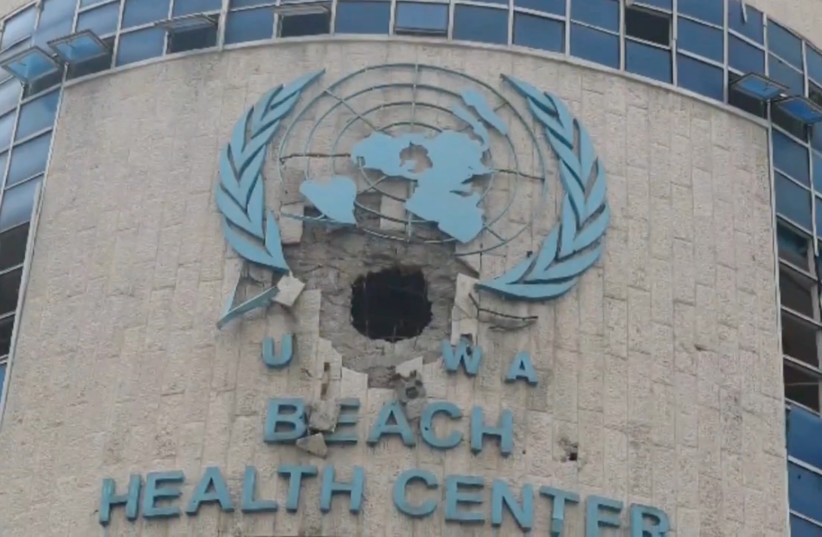
What this may reveal is that Hamas doesn’t have a huge pool of recruits to bring in new men to its battalions. The IDF estimates that it has eliminated around 10,000 Hamas fighters and wounded another 10,000. That represents around 18 of the 24 Hamas battalions in Gaza. Many of those battalions began the war with around 1,000 men and have lost several hundred men in battle and seen another few hundred wounded. That means they are down to just a third of their original strength.
How would Hamas fill these ranks again? Clearly, it would have to resort to pressing teenagers into its ranks or going deep into the battling order by recruiting older civilians who support Hamas but had chosen not to be fighters. That means recruiting people who already chose not to be active fighters.
Biographies of UNRWA Hamas members reveal details of October 7
The men who have been identified by Israel as being UNRWA employees and also participating in the October 7 attack were mostly in their forties, born between 1974 and 1983. Only a few were younger. Many of them are accused of being active in various Hamas units, and they played key roles, such as platoon and company commanders. On October 7, one of them received hostages, one was involved in a kidnapping, and one assisted his son in a kidnapping. Three of them received an SMS on the morning of October 7 calling them to a muster station where Hamas was bringing men to carry out the attack. The way Hamas activated these cells is interesting. These men may have trained for October 7 for years; they didn’t know the details of the date, but they were told to be ready.
Many of the men were educators, often teachers. This would appear to illustrate that they were not merely working for UNRWA as a way to have a fake day job while actually working for Hamas full-time. Basically, what this means is these men were not involved in what is called “disguised unemployment,” where large organizations are encouraged to employ large numbers of people who don’t actually do anything at work. A math teacher, for instance, would likely be missed at school if he didn’t teach math. Of course, it’s possible that he was simply paid as a “teacher” and never showed up. One of the men was a deputy school principal, which would likely require him to be at work. Other men were school “counselors,” which might be a job they never had to actually turn up to.
However, the large number of men who were educators and also active in Hamas and apparently active in the fighting squads of Hamas, or at least key parts of the organization’s military structure, would point to a larger problem in Gaza of education being infiltrated by Hamas. Hamas clearly wants to infiltrate schools so it can conquer the next generation. That way, even if it loses the war, the young people who were influenced by these teachers will come of age and back Hamas. Since many of these men were in their forties, it stands to reason that they joined Hamas around the time that Hamas took power in Gaza. They might have joined in their teen years, but it seems more reasonable that they saw a career opportunity after 2007 to join Hamas and also be employed at UNRWA, the best of both worlds in their view. These men also survived previous wars such as 2009, 2012, and others, meaning their “military” role in Hamas didn’t expose them to actual combat in 2014 or other conflicts.
Demographics playing a key role
The demographics of these men may tell us something else. Why are there so few young men? Is it because the generation born around 2000 who came of age when Hamas ran Gaza didn’t join Hamas or didn’t end up working at UNRWA? Either could be plausible. It may mean Hamas has problems recruiting younger men. That would be a positive development because it would mean Hamas has trouble refilling its ranks after losing so many fighters over the last four months. On the other hand, the role of these men as teachers shows they may have poisoned the next generation. Perhaps Hamas had a problem recruiting men born around the year 2000, but will it have a problem with those born around 2015?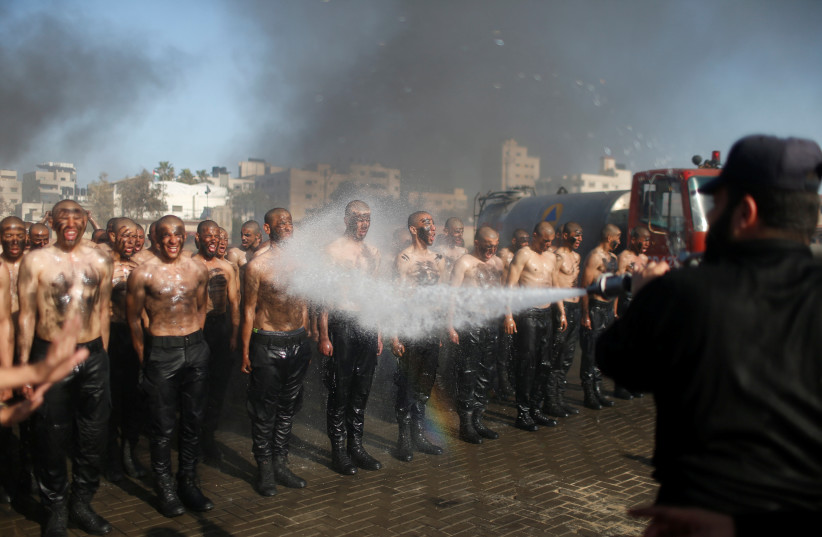
Another aspect of the list of twelve men is that most are from Nuseirat, which is one of the central camps in Gaza. This lopsided regional aspect for the men could mean that a lot of Hamas members come from Nuseirat. Hamas has always performed well in some of the refugee camps in Gaza, which are its roots and make up its shock troops. On the other hand, it could point to some other type of bias in the information being released. Were men from Nuseirat simply more likely to be caught on October 7 and they left their phones on during the attack, a failure of operational security from Hamas’ perspective. Or is Nuseirat simply overrepresented because UNRWA in Nuseirat has been deeply infiltrated by Hamas?
There is a lot we don’t know. As the late Donald Rumsfeld was fond of saying, there are known unknowns and unknown knowns. The demographics of the Hamas members of UNRWA likely reveals a lot about Hamas in Gaza, but it leaves us with a lot of known unknowns. Defeating Hamas will mean getting to those unknowns.
Go to the full article >>Hamas terrorists posing as doctors arrested in IDF hospital operation
Inside Nasser Hospital, Israeli forces found many weapons, including some hidden in a vehicle used by Hamas terrorists to conduct the massacre.
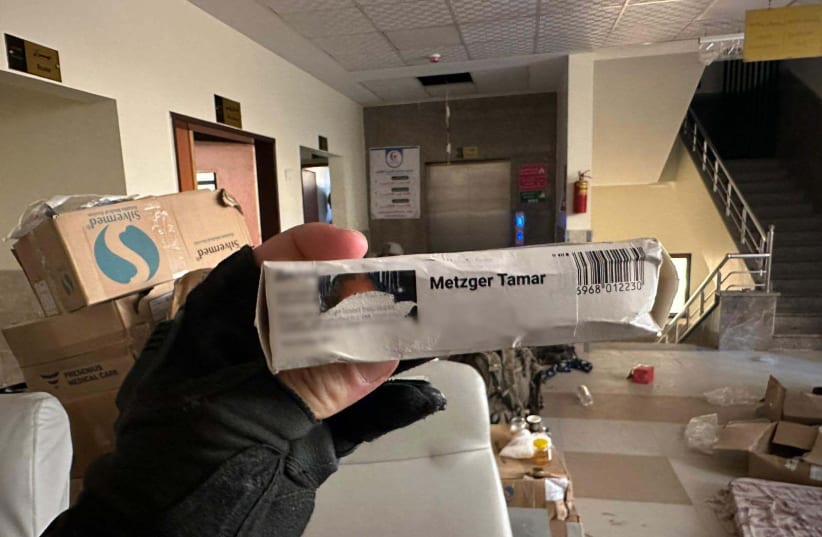
Israeli forces found boxes of medicine belonging to hostages kidnapped by Hamas as well as Hamas terrorists posing as medical staff in the Nasser Hospital in Khan Yunis in southern Gaza, the IDF Spokesperson's Unit said Sunday.
Hundreds of terrorists and suspected terrorists have been arrested from inside the hospital, including terrorists who took part in the October 7 massacre.
Inside the hospital, Israeli forces found many weapons, including some hidden in a vehicle used by Hamas terrorists to conduct the massacre. Additionally, a vehicle stolen from Kibbutz Nir Oz was found in the hospital area.
Boxes of medicine with the names of Israeli hostages on them were found in the hospital. The packages were closed and had not been transferred to the hostages, in violation of commitments made by Qatar to Israel.
"The IDF continues to invest all efforts, operational and intelligence, to return the abductees and will not let up until the mission is completed," said the IDF Spokesperson's Unit.
Credible intelligence hostages were held in Nasser hospital
On Thursday, Israeli forces entered the Nasser Hospital saying that there was credible intelligence that Hamas held hostages in the hospital and that there may even be bodies of hostages in the building.

The IDF stressed that the patients and medical staff in the hospital have not been asked to evacuate the premises and that oxygen tanks and fuel for electricity have been provided to the hospital.
In the days before the forces entered the hospital, the IDF repeatedly called the hospital, warning them to cease military activity within the hospital.
Go to the full article >>Hamas looking for Yahya Sinwar's successor, Gallant tells IDF commanders
"Hamas has no trust in its commanders," Gallant said."[Currently,] there is no one in control, and there is no one leading operations."
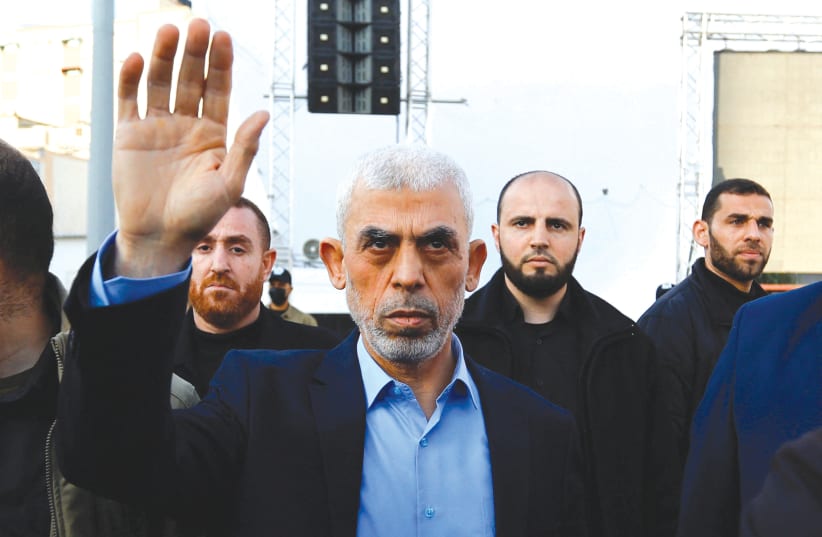
Hamas is looking for a successor for Yahya Sinwar as communications with the Gaza chief broke down completely, Defense Minister Yoav Gallant said at a Sunday situational assessment.
"Hamas has no trust in its commanders," Gallant said in a visit to the IDF's Southern Command. "Hamas's Gaza branch returns no answer - there are no leaders on the field to speak with.
"This means there is an auction happening to decide who runs Gaza...[Currently,] there is no one in control, and there is no one leading operations."
Gallant: Hamas is losing its fighting spirit
Gallant further stressed that Hamas's Khan Yunis division has been defeated, with the terror forces "no longer as an organized militant force in any form.
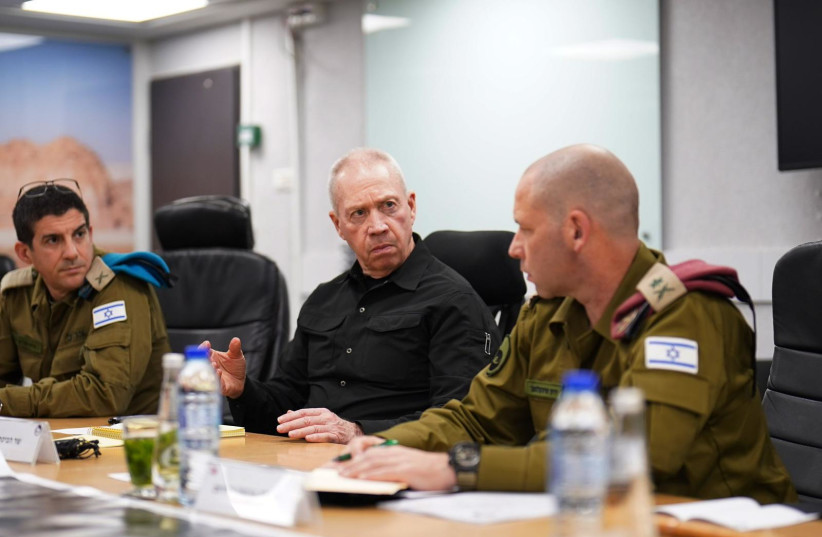
"The deepening of our Khan Yunis operations continues to prove its worth," Gallant told commanders at the security assessment. "Some 200 terrorists turned themselves in at Nasser Hospital, dozens more at al-Amal.
"This means Hamas is losing its fighting spirit," Gallant asserted.
Go to the full article >>Most Gaza hostages are held in Rafah, Israel's hostage coordinator says
"We do not want to cause collateral damage. Rafah has many people there that Hamas uses right now as human shields," Gal Hirsch stressed.
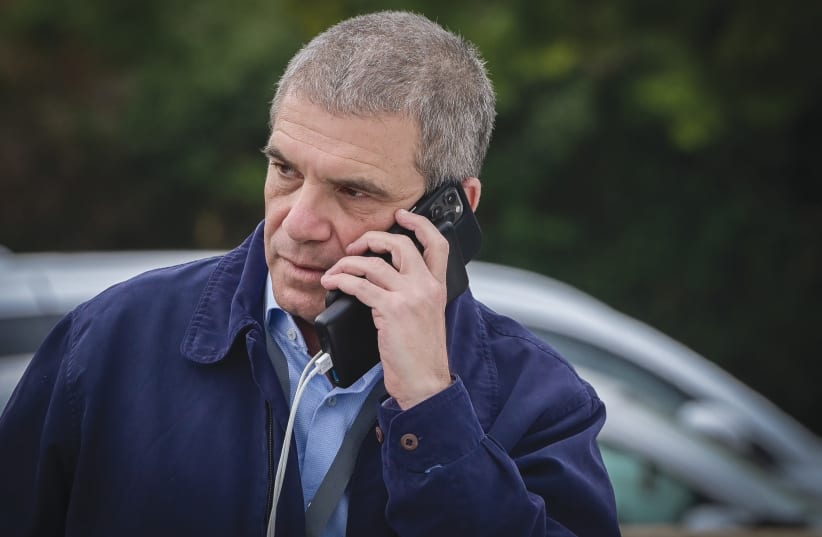
There are many hostages still held by Hamas in Rafah, Israel's hostages and missing person coordinator Gal Hirsch said in an interview with CNN's Alex Marquardt on Saturday.
Hirsch made this statement after being asked by Marquardt if a hostage deal could be reached before any Israeli ground operation in the southern Gazan city. The Israeli official also said that there are many terrorists located in the city as well.
"Hamas is still here," he said. "We do not want to cause collateral damage. Rafah has many people there that Hamas uses right now as human shields. We are doing our best - everything we can, everything that is possible, to avoid collateral damage," he continued. "But Rafah must be next because we must release our hostages."
"We want a deal very much," Hirsch said, "and we know we need to pay prices, but Hamas's demands are disconnected from reality - delusional. We hope very much that they will come much closer to the zone of a potential agreement."
A deal "out of bounds"
When asked by Marquardt what specifically about the deal is "out of bounds" for Israel, Hirsch said that Hamas knows their demands are completely out of bounds and expressed concern about who exactly is on the other side of the negotiations within Hamas.
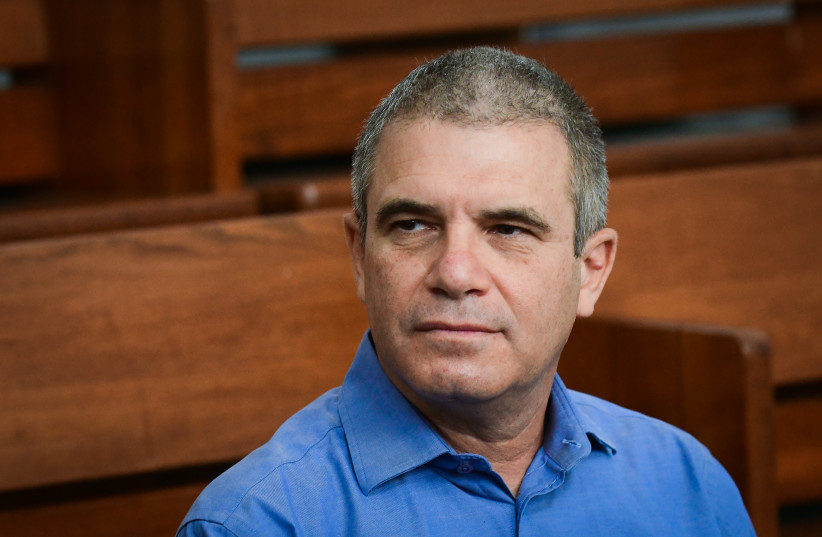
"We need proof that on the other side, there is someone who can deliver," the Israeli official continued regarding the question of whether Hamas officials are in touch with their own leaders on the ground in Gaza. The proof that Hirsch says he wants to see includes whether or not the medical supplies that were sent to Israeli hostages actually reached them.
"This is very important because it will show us that there is someone there who can really deliver," he continued. However, last Friday, the IDF found boxes of medicine in Gaza intended for the hostages but never reached the captives.
Hirsch also admitted that "we are ready to pay prices," in response to a question by Marquardt asking if Israel would release Palestinian prisoners who carried terror attacks on Israelis or have life sentences in exchange for hostages.
When Hirsch was asked about his level of optimism in releasing the hostages, he believed a deal could be made "because we are ready to pay prices, but it must be closer to the zone of a potential agreement."
Go to the full article >>Israel-Hamas War: What you need to know
- Hamas launched a massive attack on October 7, with thousands of terrorists infiltrating from the Gaza border and taking some 240 hostages into Gaza
- Over 1,200 Israelis and foreign nationals were murdered, including over 350 in the Re'im music festival and hundreds of Israeli civilians across Gaza border communities
- 134 hostages remain in Gaza, IDF says